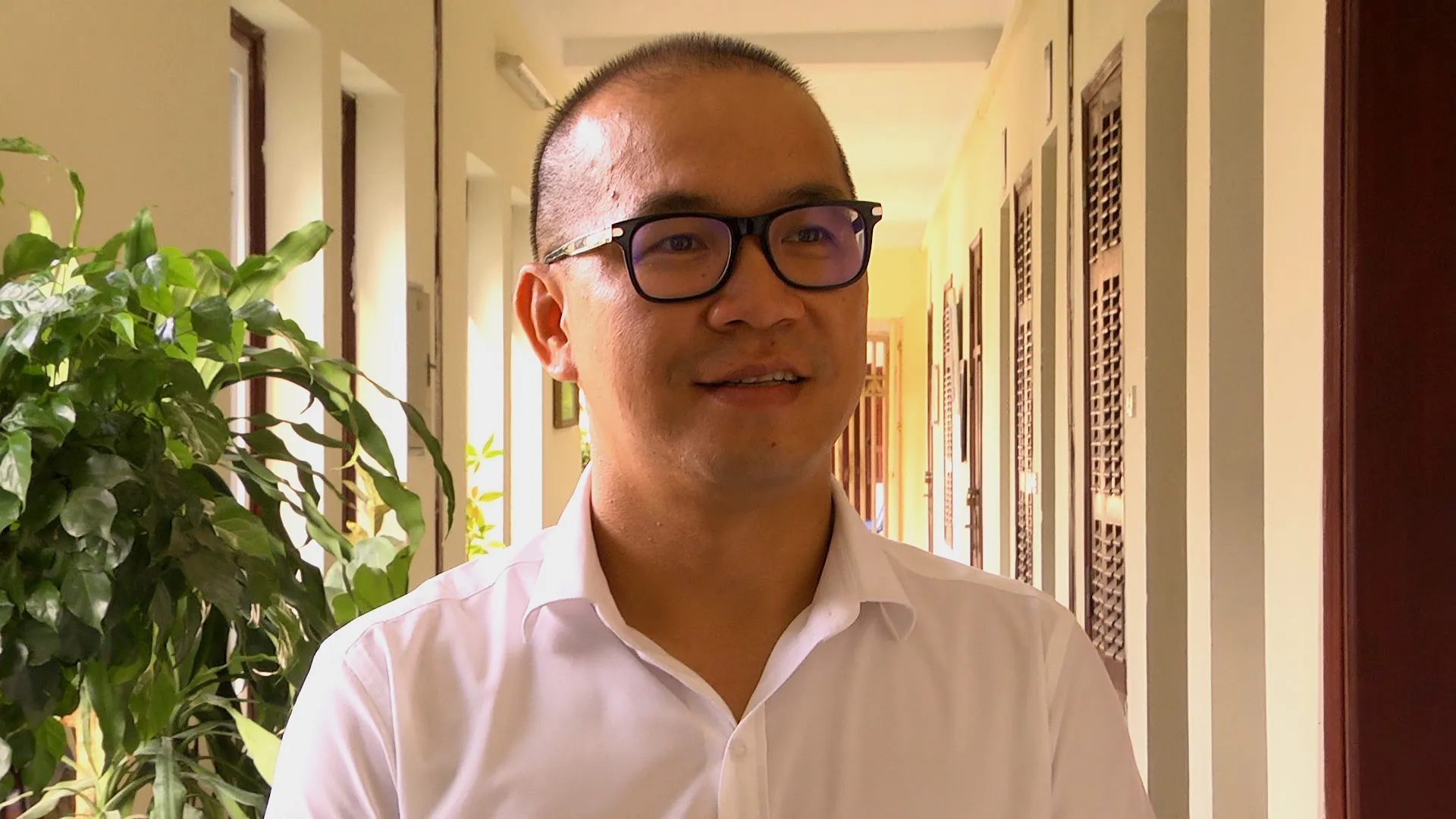Talks required to settle train street issues: Tourism experts
Tourism experts have called on local people and railway authorities to sit down and discuss ways to make the train street a tourist sight again, thus boosting the city's tourism activities.
It has been two weeks since the authorities of Hoan Kiem District shut down all business activities on the railway that stretches through the wards of Hang Bong and Cua Dong. The shutdown has stirred a debate over whether to enforce regulations or boost tourism. The Hanoi Times has talked with tourism specialists about the dispute.
Nguyen Hoang Mai, Institute for Tourism Development Research
The train street is a unique attraction to tourists, especially international visitors. It allows them to experience something risky and hardly seen anywhere: Watching the train passing by from a very close distance while having a cup of coffee. The ordinary life of the locals along the railroad is tempting enough for one's eagerness to experience, and visitors would want to save those moments.
| Nguyen Hoang Mai, specialist at the Institute for Tourism Development Research. |
However, we have to consider various factors, including safety for tourists, social order and security, and food safety. As an unplanned development, local authorities have not monitored the train street. I can see in the media that visitors walk, sit, lie, and even party on the railroad, thus breaking the rules on railroad safety, so this kind of tourism should not be encouraged.
Besides, it is hard for shop owners to control the action and ensure the safety of visitors, as they can only monitor those inside their premises, not those on the railroad. We must remember that the local authorities are responsible for anything wrong happening to a tourist, not the coffee shop owners.
The big question is how can we boost tourism on the train street and keep people safe simultaneously? Some solutions can be helpful. First, publicize the train schedule so everyone, including locals and tourists, knows it.
Second, a lookout team must keep an eye on the approaching train and alert the entire area to clear the track.
Third, shop owners must keep visitors inside their stores while the train passes. We need better cooperation between the population and the local authorities.
In addition, the train street should be treated as a high-risk area. Local authorities must draw up a master development plan and regulation for the area. Coffee shop owners would be required to obtain a safety certificate for their business and commit to the authorities to ensure the safety of visitors. Moreover, there should be penalties for tourists who break the rules.
Administration measures must be strict for the safety of each individual. The development of the train street must be well-regulated and comprehensive in the first place, or any bad happenings will be too damaging to the image of the city and the Vietnamese tourism sector.
Pham Hong Long, Dean of Department of Tourism, University of Social Sciences and Humanities – Hanoi National University
The train street has become a memorable and fascinating sight, especially for international tourists and young Vietnamese. By word of mouth, more and more people want to come and enjoy a cup of coffee while watching the train travel through. There are similar sites in Thailand and Taiwan, but those are not comparable to Hanoi train street because ours were built inside the “ancient town” and attached with plenty of cultural values.
Pham Hong Long, Dean of Department of Tourism, University of Social Sciences and Humanities – Hanoi National University |
We have to admit that the Vietnamese tourism sector lags behind other regional nations in terms of attractiveness and unique offerings, especially compared to Thailand. We have made little progress in recent years in developing new tourism products, which is the determining factor in attracting international visitors to the country.
The development of the train street has opened a new avenue for Hanoi to improve the tourism sector. Most of the visitors who come to the train street are individuals who want to explore the site by themselves. We need to improve their experience through cooperation between travel agencies and local authorities. We need to ensure that they have a safe coffee and that they are monitored by both tour guides and local people, thus ensuring that railway safety regulations are not violated.
The train street could become the second Ta Hien Street, where people can meet and enjoy the atmosphere of Hanoi together in safety. The train street would help diversify Hanoi's tourism products, make the city's tourism sector more sustainable and attractive, and help foreign visitors easily get closer to the life of Hanoians. From a normal person's point of view, I find the train street quite tempting, however, as a tourism researcher, I think we should keep it safe for people.
It is easier for local authorities to close down all commercial activities along the railroad. However, it is better to balance the interests of all relevant parties. It is understandable that the railway industry and local authorities want to close the area because of people's safety concerns. But the city should not ignore people's needs to improve their living conditions. Local authorities, the railway sector, the tourism sector, scientists, and the people have to find viable solutions to keep the railroad safe, but still encourage tourism activities to continue.
Dao Trong Tan, Director of Tavi International Travel
Although the international media has been talking a lot recently about the train street, I don't think it is typical and important enough for Hanoi's tourism sector. I personally see that it is not attractive enough for both domestic and international visitors when they come to the city, so it is not a must-visit place, only a few young people and foreign tourists come to the place out of curiosity, not to mention safety issues.
| Dao Trong Tan, Director of Tavi International Travel. |
We need a proper development plan to help local residents make money from the train street. There is no doubt that the train street presents risks, but it is already known to the international communities and the media. I believe that if local authorities work with people to come up with a specific regulation or set of rules for tourism activities and services along the railway, we can promote the reputation of the area, make it easier for residents to earn a living from tourism activities, and develop the city's tourism sector.
The development of the train street must involve travel companies since they understand the taste of national and international tourists. Therefore, tour operators can advertise to their customers on the train's street so they can enjoy a spectacular view of the train passing between the cafes. At the same time, they will be responsible for the safety of their customers. They will work with local authorities and people to take safety measures for travelers. That means each cafeteria must demonstrate that the facility meets standards for safety, being able to protect people from oncoming trains, assuring them of quality products and services, and food safety.
I want to keep this place because there are not many interesting places in Hanoi, except for several popular sites. Typically, a visitor takes one or two days to stay in the city. If the tourism in the train street is well taken care of, more people will come to explore the place, extending their stay in the city. The longer they are in the city, the more they spend on food and accommodation. That is the key to boosting local tourism activities and profits for residents.













